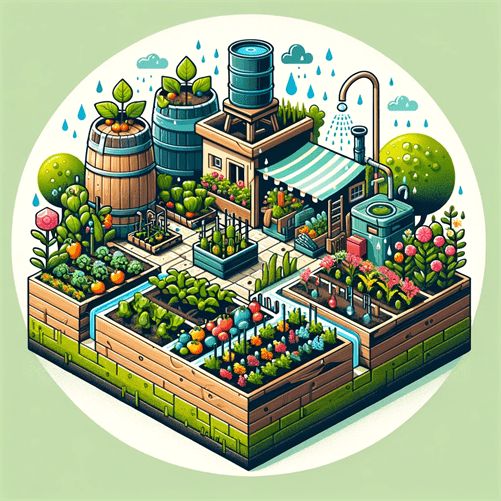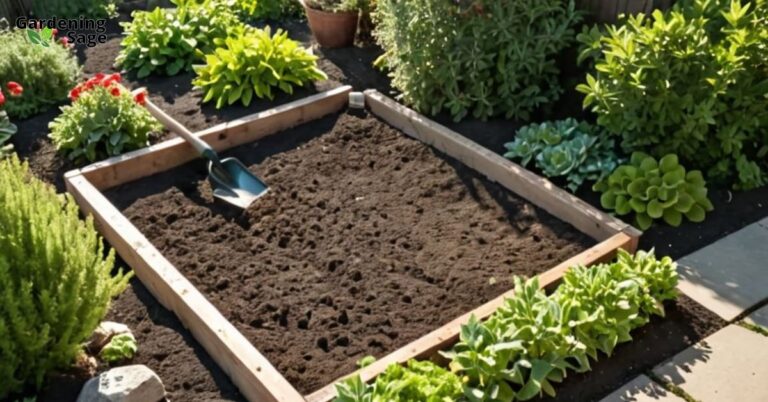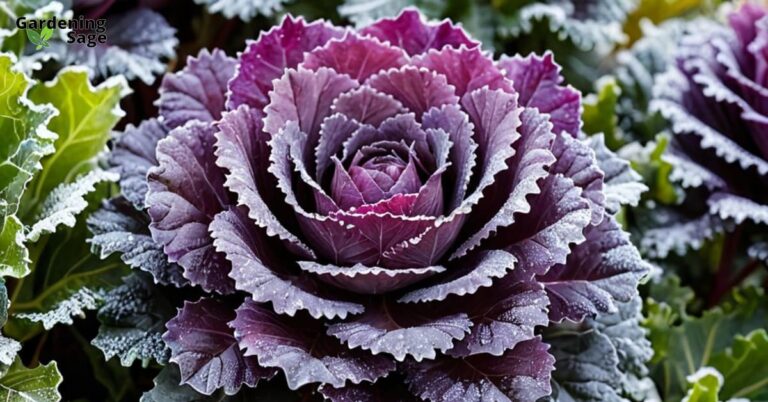In an era where water conservation is becoming increasingly crucial, water-smart gardening emerges as a vital practice for gardeners worldwide.
This extensive guide will equip you with the knowledge and techniques to maintain a lush, thriving garden while significantly reducing water usage.
The Essence of Water-Smart Gardening
Water-smart gardening involves strategies and practices that minimize water use and maximize efficiency. This approach not only conserves an essential natural resource but also ensures the sustainability of your garden, regardless of the climatic challenges it may face.
Benefits of Water-Smart Gardening

Embracing water-smart gardening techniques comes with numerous benefits. It helps conserve water, an increasingly scarce resource and reduces your water bill.
Furthermore, it fosters a more resilient garden ecosystem, less dependent on external water supplies.
Assessing Your Garden’s Water Needs
Begin by understanding your garden’s current water use. Evaluate factors like climate, soil type, existing vegetation, and the specific needs of your plants.
This assessment forms the foundation of a targeted, effective water-smart strategy.
Choosing the Right Plants
Opt for drought-resistant or native plants accustomed to your local climate. These plants naturally require less water and are more likely to thrive with minimal intervention.
Consider species like succulents, lavender, sage, and ornamental grasses, which are known for their low water needs.
Soil Preparation and Mulching
Healthy, well-prepared soil retains moisture more effectively. Enrich your soil with organic matter to improve its water-holding capacity.
Mulching is another crucial technique in water-smart gardening. A layer of mulch reduces evaporation, keeps soil temperature stable, and adds nutrients over time.
Innovative Watering Techniques
Adopt efficient watering methods to minimize waste. Drip irrigation systems are ideal for delivering water directly to plant roots, where it’s needed most.
Implementing a rainwater harvesting system can further reduce your reliance on tap water.
Utilizing Greywater
Greywater – wastewater from household sources like baths, sinks, and washing machines – can be a valuable resource for gardening. With proper treatment and careful use, greywater can safely irrigate non-edible plants, further conserving fresh water.
Creating a Garden Layout That Conserves Water
Plan your garden layout to maximize water efficiency. Group plants with similar water requirements together, and use terracing or sloped beds to prevent water runoff.
Consider incorporating xeriscaping principles, which emphasize low-water-use plants and efficient landscaping techniques.
Regular Garden Maintenance
Regular maintenance is key to a water-efficient garden. Weed control is essential, as weeds compete with your plants for water.
Pruning and deadheading encourage plants to use water more efficiently and promote healthier growth.
Overcoming Gardening Challenges
Urban and suburban gardeners might face unique challenges like space constraints or local water usage regulations. Tackle these by choosing compact, drought-tolerant plant varieties and being mindful of local water conservation laws.
Community Involvement and Education
Engaging with your local gardening community can be immensely beneficial. Participate in workshops or online forums to learn more about water-smart gardening.
Sharing experiences and tips with fellow gardeners can inspire new ideas and spread awareness about water conservation.
The Aesthetic Appeal of Water-Smart Gardens
Water-smart gardening doesn’t mean compromising on beauty. Drought-tolerant gardens can be stunning, with a diverse range of textures, colors, and forms.
Embrace the natural aesthetics of these plants to create a visually appealing, sustainable garden.
A Step Towards Sustainable Gardening
Water-smart gardening is a step towards a more sustainable and environmentally conscious approach. By adopting these practices, you contribute to global water conservation efforts and enjoy the benefits of a thriving, resilient garden.
Remember, every small step towards water efficiency can significantly impact our planet’s health.














